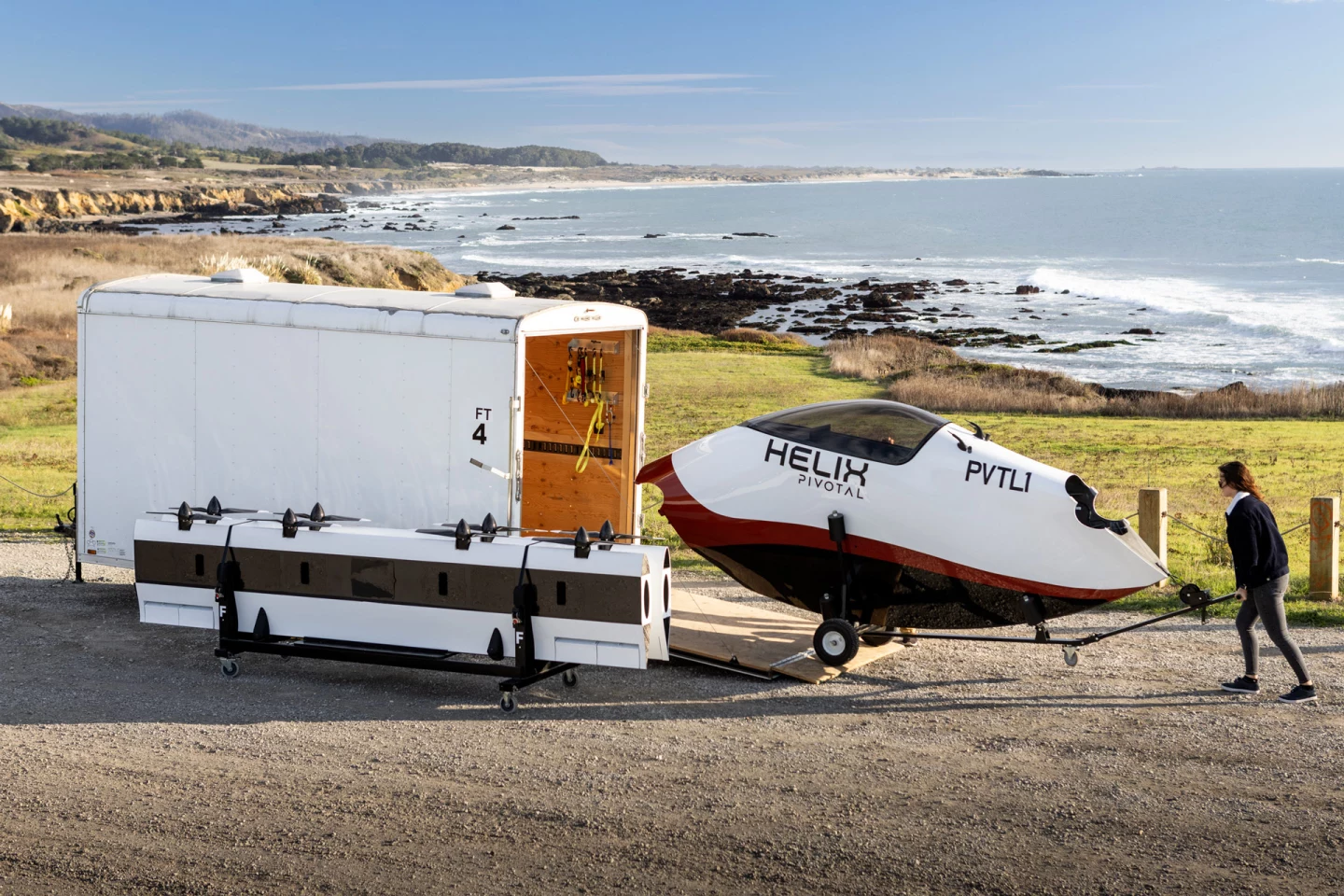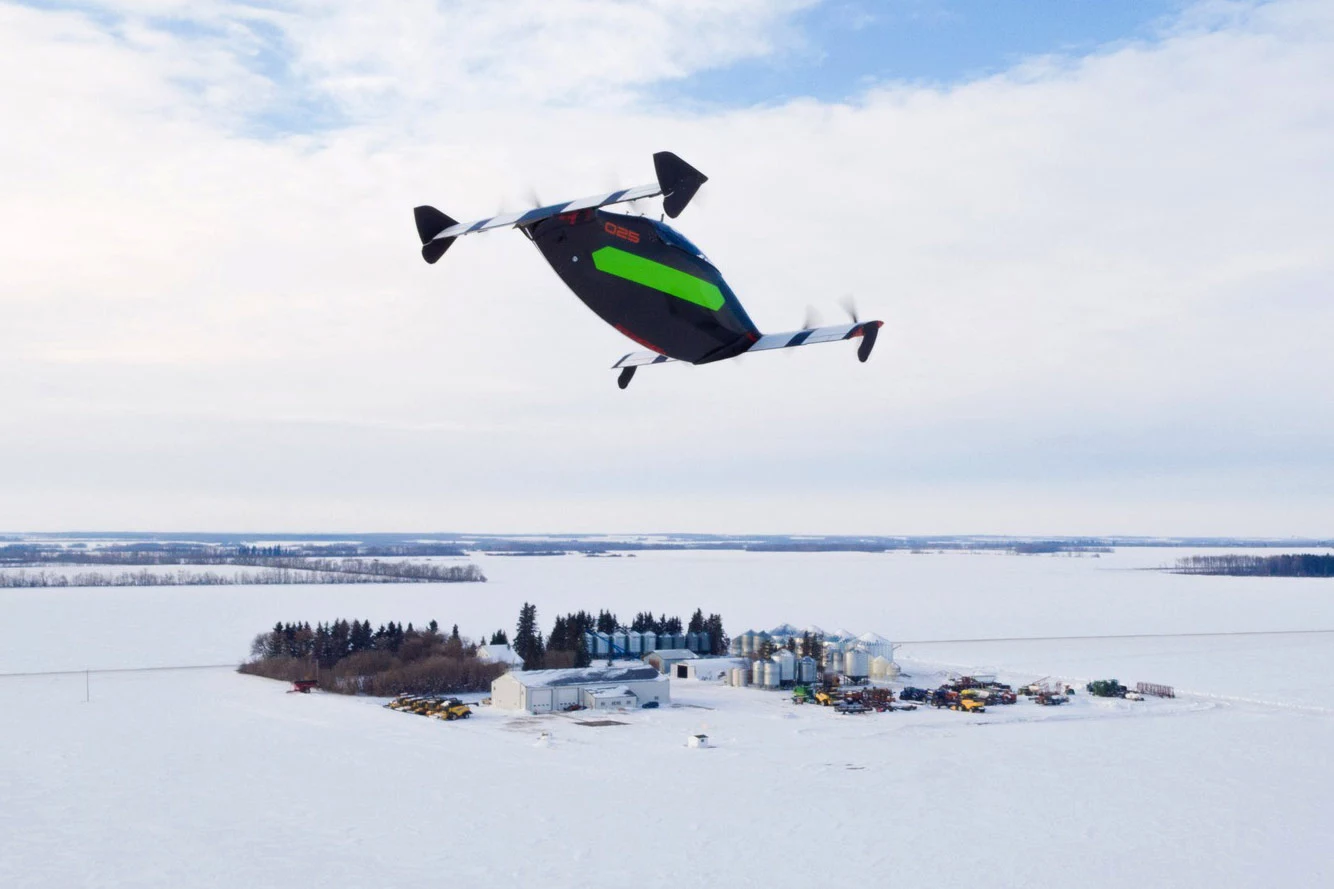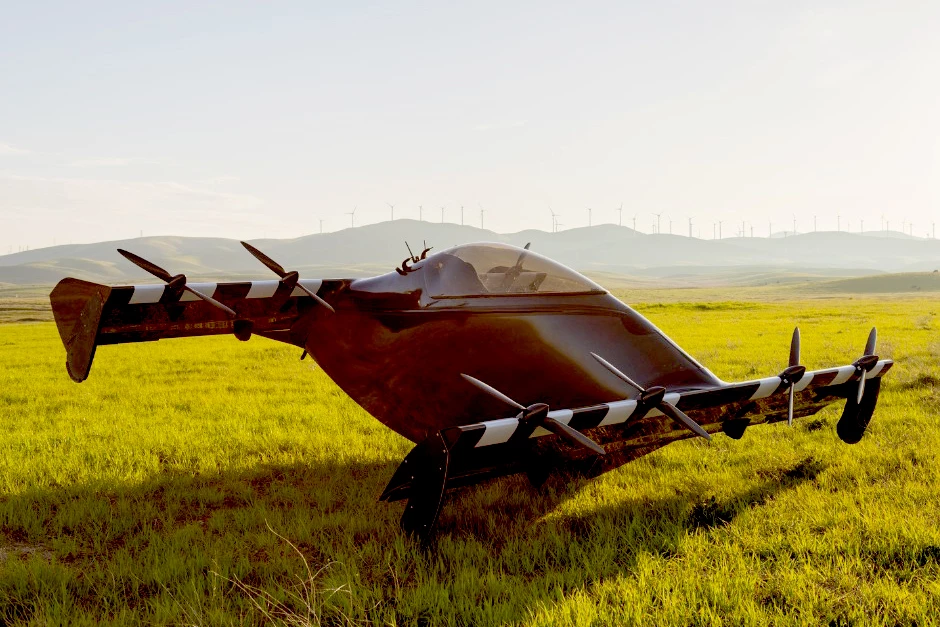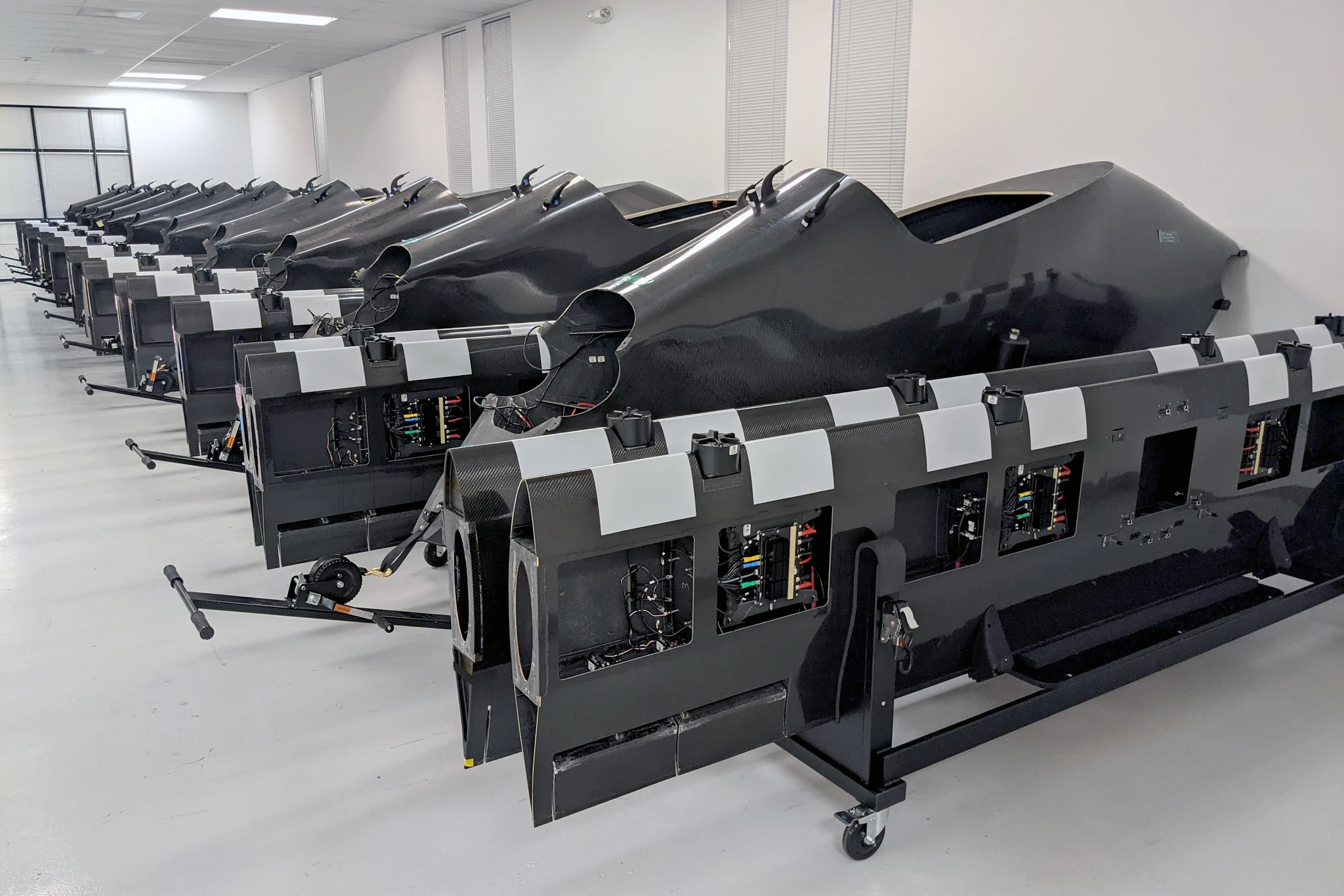Personal flight is currently undergoing a renaissance thanks to the rapid advancement of so many requisite industrial technologies. The next phase of personal flight is poised to begin and the production version of this aircraft could well mark the occasion in history.
In 2016, when the World eVTOL Aircraft Directory first began, it listed just a handful of electrically-powered Vertical Take Off and Landing (eVTOL) aircraft designs. Eight years later, it lists over 1,000 eVTOL concepts.
Many of these new aircraft are planned for launch over the coming 36 months, but it looks to us like the Pivotal Helix has beaten everybody to market as the world's first commercial eVTOL because it is about to begin deliveries of its scaled production units.

The first bulk customer deliveries will occur in July, though the very first commercial sale of the Helix occurred last October (2023) and the first four of eight Helix aircraft and two flight simulators that were ordered for evaluation by the United States Air Force Research Laboratory (AFRL) were delivered in February 2024.
The AFRL is currently evaluating the potential of the Helix for a wide range of missions, including surveillance, special forces operations, remote supply, disaster and emergency response.

It's one of a handful of eVTOL designs currently being put through their paces by the AFRL and the Helix will specifically be evaluated as a platform for remote-controlled missions among others.
Adding further intrigue, Pivotal has published at least part of its product development road map and it includes a larger two-man version of the Helix with 12-rotors (rather than the 8-rotors of the production Helix), and an autonomous cargo version capable of carrying 450+ pounds of supplies and/or people.

The Helix and its predecessor sibling the Blackfly were largely flight tested using autonomous capabilities, and Pivotal CEO Ken Karklin joined the company in 2022 with considerable expertise in the area.
Karklin spent 13 years at AeroVironment, one of the world’s leading manufacturers of unmanned aerial vehicles, with the last two years as CEO of the giant defense contractor.
An autonomous version of the Helix is unquestionably in Pivotal's near future and bringing onboard a CEO who spent a decade supplying the military with such well known small autonomous aircraft as the Raven, Switchblade, Wasp and Puma leaves little doubt as to the opportunities the Pivotal board sees in becoming a supplier of the military.

The Bell-Boeing V-22 Osprey is the only crewed tiltrotor that has seen production to date, and they cost around $92.6 million apiece, with cripling operating costs ... and though the initial budget to develop the V-22 in 1988 was $2.5 billion, costs blew out more than ten-fold, before all the accidents are taken into account.
The Helix has a much lower price point and operating cost compared to traditional helicopters, and at $190,000 apiece, the future looks bright indeed for Pivotal.
Source: Pivotal














